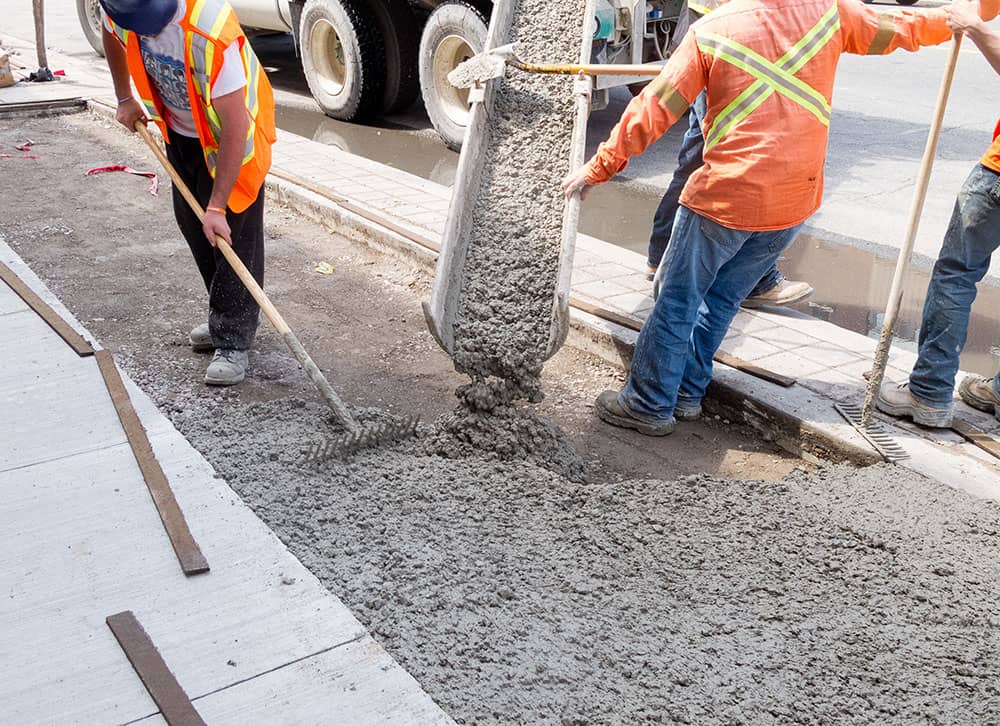Your business’s curb appeal can be negatively affected if your asphalt parking lot is worn out. You may have observed more cracks and minor potholes but not thought the damage was severe enough to warrant repairing the surface. You may need to control the damage at its early stages to keep it looking like new for longer, saving you money over time.
Asphalt pavement is one of the most durable and resilient building materials available today. It’s simple to install, maintain, and recycle once its useful life has passed, lowering manufacturing costs and greenhouse gas emissions associated with asphalt paving.
Asphalt surfaces are also particularly flexible in comparison to other paving materials, which is one of the reasons why asphalt parking lots are so popular. Asphalt and concrete paving, like any other construction material, does not survive indefinitely. With adequate pavement upkeep, a well-placed asphalt surface can last 10-20 years or longer.
How to determine if your parking lot needs asphalt repair
As the weather turns wetter and colder, keep an eye out for these symptoms that your parking lot needs to be repaired.
Potholes
Potholes are caused by water that seeps into the ground beneath the pavement and contracts and expands. The stored moisture expands and contracts, generating weak places on the asphalt’s surface that chip under pressure, resulting in small potholes.
Potholes can grow huge and cause accidents, resulting in lawsuits if they are not repaired. Potholes should be repaired as soon as possible before they get worse.
Faded Color
A fading tint indicates that your pavement is beginning to age. Because older pavements are often brittle, they are more vulnerable to damage. Extended exposure to direct sunshine, as well as other natural elements like rain and cold temperatures, causes brittleness. Seal-coating may be sufficient to extend the life of your asphalt surface in some circumstances. Alternatively, your contractor may advise that it be completely replaced.
Alligator Cracks
Alligator cracks mimic the fissures on a reptile’s skin, as the name implies. Fatigue cracking is another name for it, and it is usually shallow. They signal that your pavement’s base has failed structurally, causing it to cave in and break under strain.
If you find cracks appearing in your pavement, you should use a sealer to avoid further damage. However, the only long-term solution to alligator cracks is to dig down and solve the problems with the foundation. To assist you with asphalt repair, you will need to hire a reputable asphalt contractor.
Pooling Water
Pooling water refers to puddles that might last for days on your sidewalk. The main problem is poor leveling during the installation of your asphalt cap. Although puddles appear to be innocuous, they can cause damage to your pavement. If water seeps into the base of the pavement through a crack, it might destabilize it, leading to further pavement issues.
If you detect water gathering on the pavement of your business, get it sealed as soon as possible. It’s a good idea to consult a qualified asphalt contractor to figure out what’s causing the problem. To remedy the underlying problem, your contractor may consider elevating the afflicted area with a layer of hot asphalt mix or digging it out.
Block Cracking
Large interconnected, typically rectangular-shaped crack patterns distinguish block cracking. It’s mainly caused by temperature variations causing the asphalt to shrink. This type of cracking is not load-related and is common in older, brittle asphalt pavements. Block cracking in new asphalt installations implies a poor binder selection or an issue with the asphalt manufacturing process. A sealant would be great for asphalt repair if the fractures are minor. Larger cracks of more than half an inch in diameter, on the other hand, will necessitate the complete replacement of the asphalt layer.
Buckled Asphalt
Buckled asphalt, also known as wrapping, is mostly caused by heavy vehicle use. To avoid further damage, it’s essential to have a designated parking or driving space for heavy vehicles, depending on the strength of your pavement. Touching up with an extra asphalt layer to lift the sunken region will suffice when the damage is minor. However, severe damage will necessitate the replacement of the entire asphalt base in the affected region.
Crumbling Edges
If your parking lot is not protected on the edges by curbs or concrete gutters, you may notice signs of crumbling around the edges. When left in disrepair, the edges can break apart and create debris hazardous to users that requires asphalt repair. Your asphalt repair contractor will need to remove the chipped edges and replace them afresh to restore crumbling edges. It is advisable to install curbs or concrete gutters on the edges to avoid future chipping.
Sinkage
Sinkage happens when the compacted stone base that supports your asphalt pavements erodes. It can be caused by soil erosion and badly built drainage systems. Sinkage shows that water is being deposited near the base of your pavement, endangering its integrity. Taking care of your property’s drainage difficulties is a fantastic first step toward solving the problem. Once the draining issue has been remedied, the impacted areas can be fixed to minimize pooling.
Best Asphalt Paving Services Provider in Kansas
Maintaining your asphalt laid surfaces is about more than just making your property appear and perform better. Problems with your driveway or parking lot could result in ADA violations and significant fines, as well as workers’ compensation claims or civil lawsuits resulting from injuries and vehicle damage. Preventative asphalt repairs can save you time, money, and concern while also giving your company a more professional appearance.
Pave the Way is dedicated to providing the best asphalt repair, driveway, and parking lot construction available. Contact us for your next parking lot repairs.
